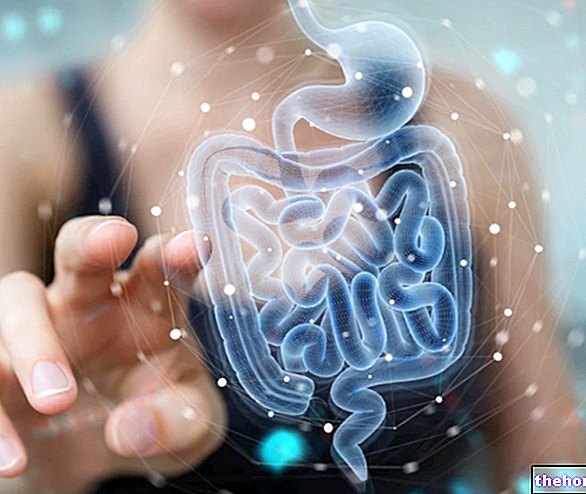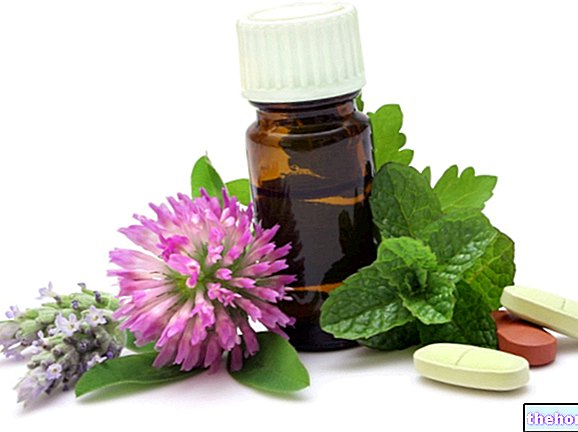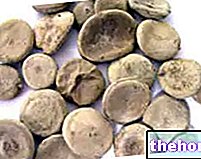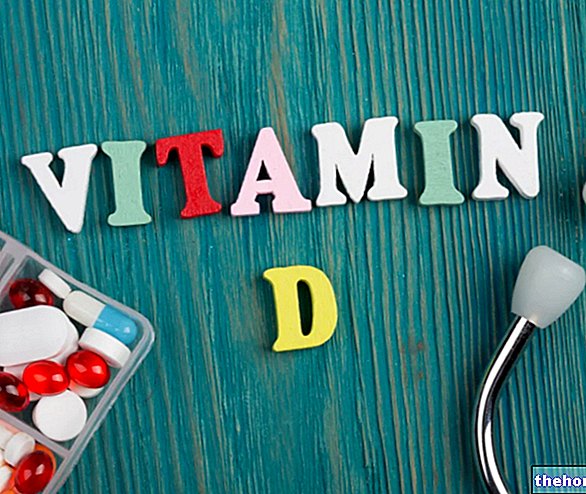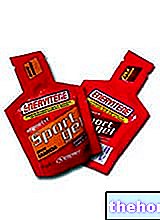Ephedrine is a protoalkaloid extracted from some plants belonging to the genus Ephedra (family Ephedraceae).
Structurally similar to amphetamine of which it represents the natural precursor, ephedrine is used to improve concentration, to suppress appetite, to promote weight loss and for the treatment of asthma and hypotension. In ophthalmology, ephedrine is used as a drug mydriatic (has the ability to dilate the pupil).


Despite the well-documented side effects, ephedrine is also available in consistent dosages in Italy, as it is present as an active ingredient in many over-the-counter products sold in pharmacies or parapharmacies.
Ephedrine is sometimes called Ma Huang (Ephedra sinica) referring to the name of a very popular plant in traditional Chinese medicine and particularly rich in ephedrine.
Ephedrine and weight loss
Ephedrine is contained in many products with a "slimming action". One of the most interesting characteristics of this substance, similar but more powerful than that exerted by caffeine, concerns the ability to accelerate metabolism by stimulating the secretion of catecholamines.
This effect, associated with the inhibiting power on appetite, is not quantifiable and varies from person to person. The intake of ephedrine-based products for slimming purposes can however be improper and potentially dangerous.
In order to limit the abuse of this substance for slimming purposes, from 11 December 2015 it is forbidden for doctors to prescribe magisterial preparations containing ephedrine for slimming purposes, and for pharmacists to perform these preparations for the same purpose.
Doping and ephedrine
In the world of sport, ephedrine is of greater interest than caffeine, both for the easier methods of administration and for the more immediate and prolonged effect at lower doses. However, its stimulating effect is lower than that exerted by amphetamines.
Ephedrine, for values greater than 10 micrograms / ml detected in the urine, constitutes a positivity for doping and is included in the class of prohibited substances drawn up by the International Olympic Committee (C.I.O.)
Side Effects of Ephedrine
Learn more about the side effects of ephedrine
The concomitant use of ephedrine or pseudoephedrine and other stimulants such as caffeine and amphetamines should be avoided; in addition to the doping effects, the collateral effects that put a strain on the nervous and cardiovascular system are also amplified, up to producing arrhythmias and cerebrovascular disorders even of considerable entity.
Particularly at risk are those who already suffer from heart problems, thyroid disease and diabetes. In all these cases, the consumption of products containing ephedrine (even in small doses) is strongly discouraged.
NERVOUS SYSTEM
Acting as a stimulant on the central nervous system, ephedrine can induce restlessness, nervousness, hallucinations, convulsions, insomnia, psychosis and tremors; once its effect ends, the individual falls into a state of profound sedation with the appearance of depression and suicidal thoughts
CARDIOVASCULAR SYSTEM
the use of ephedrine significantly increases blood pressure (hypertension) and heart rate (tachycardia). In predisposed subjects the abuse of ephedrine can lead to death from cardiac arrest (the death of pitcher Steve Bechler of Baltimore dates back to February 17, 2003 Orioles, in which the autopsy exam determines that the ephedra played a role in his death)
URINARY SYSTEM
bladder retention from detrusor sphincter hypertonus
OTHER SIDE EFFECTS
Gastrointestinal disorders (nausea, vomiting, constipation)
Healthy alternatives to ephedrine
- To suppress appetite see: Increasing the sense of satiety
- To increase metabolism see: Accelerating metabolism
- To promote weight loss see: Special weight loss
See also: Ephedrine and sport - Pseudoephedrine - Ephedrine: properties and contraindications

